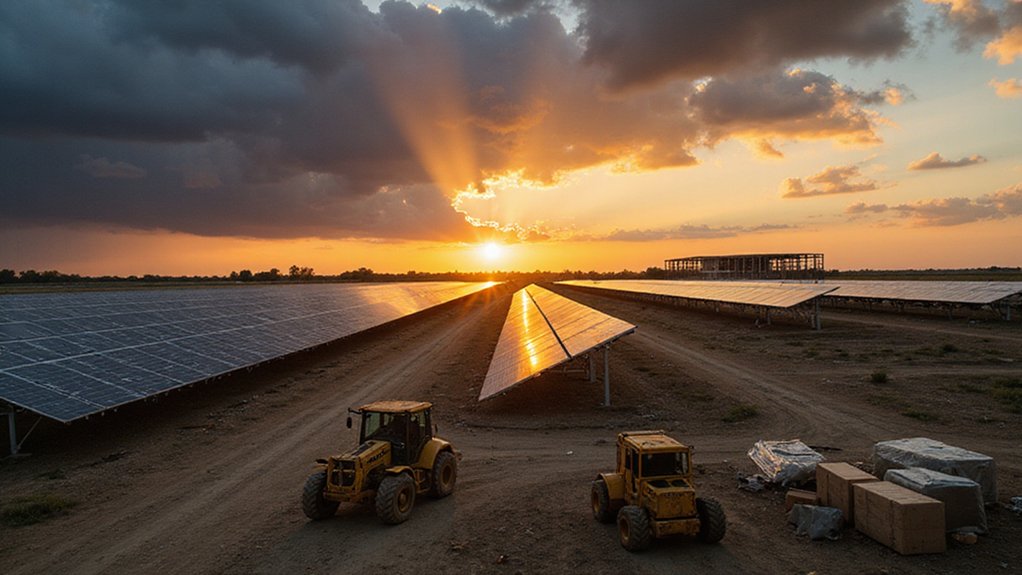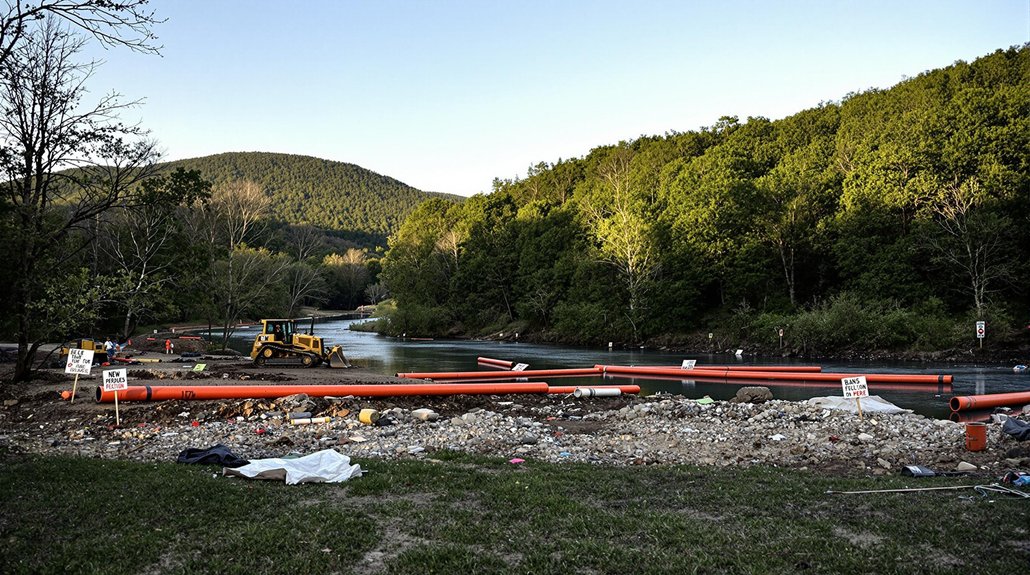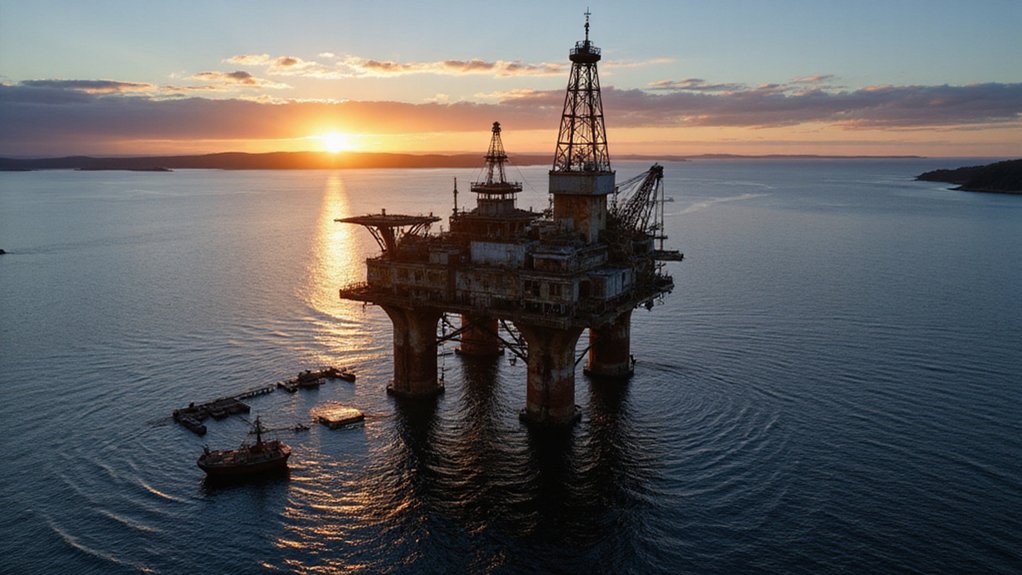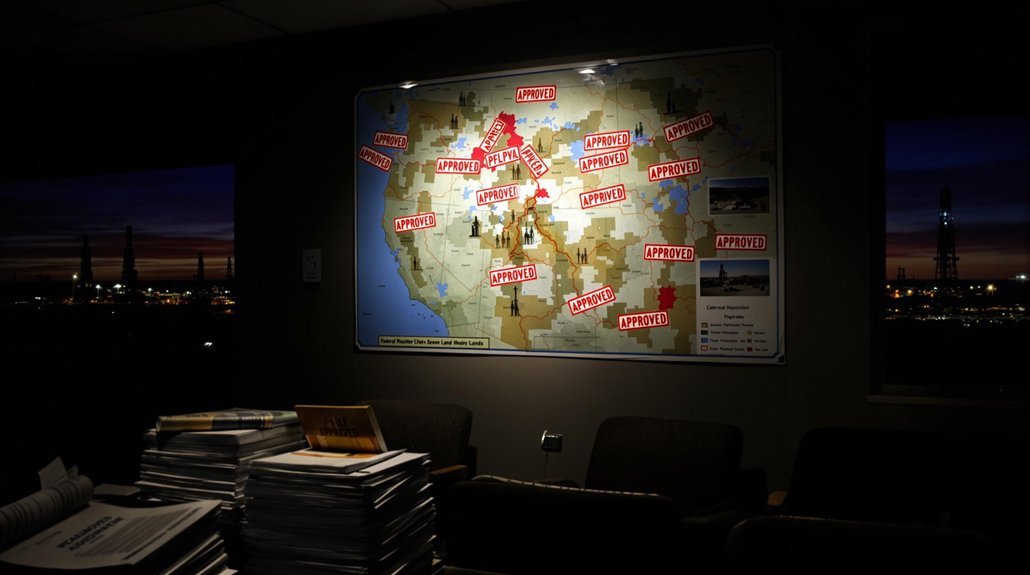When the Inflation Reduction Act passed in 2022, clean energy advocates popped champagne while manufacturers scrambled to capitalize on tax credits. Fast forward to 2025, and those celebrations feel like ancient history. The clean energy sector is getting crushed under the weight of policy whiplash and political games.
The numbers tell a brutal story. Clean manufacturing investment exploded from $2.5 billion to $14 billion between late 2022 and early 2025. Then reality hit. Hard. First quarter 2025 saw $6.9 billion in cancelled projects – a record nobody wanted to break. Investment dropped 11% from the previous quarter. Turns out, building a green future requires more than good intentions and temporary tax breaks.
Solar companies are taking the worst beating. Domestic polysilicon production capacity sits 26% below 2024 deployment levels, creating a massive supply chain bottleneck. Solar panel production now operates at 65% capacity, down significantly from previous levels. Tariff hikes and policy uncertainty have made large projects financial nightmares. Manufacturing facilities promised with fanfare are now delayed or scrapped entirely. The Section 45X tax credit that made domestic production viable? Republicans in Congress are eyeing it like a piñata at a budget-cutting party.
Here’s the twist: some GOP lawmakers are actually defending these credits now. Why? Because their districts got factories and jobs. Politics makes strange bedfellows, especially when local economies are on the line.
Meanwhile, electricity demand is going through the roof. AI data centers alone will need 44 gigawatts by 2030. Add cleantech manufacturing and carbon removal, and we’re talking 57 gigawatts of new demand. The grid’s already stressed. Now it needs to handle explosive growth while clean energy projects get axed. The Department of the Interior wants to slash permitting timelines to 28 days, but rushing approvals won’t fix the fundamental supply chain problems.
Since August 2022, companies announced 380 clean tech facilities. Nearly half are operational, which sounds impressive until you realize the other half face an uncertain future. New project announcements jumped 47% last quarter but remain below 2024 levels. Companies are hedging their bets, and who can blame them?
The clean energy transformation promised jobs, energy security, and a sustainable future. Instead, it’s become a casualty of political ping-pong. Executive orders roll back climate policies while manufacturers watch billions evaporate. The champagne’s gone flat, and the hangover’s just beginning.
References
- https://www.cleaninvestmentmonitor.org/reports/us-clean-energy-supply-chains-2025
- https://www.eia.gov/outlooks/aeo/
- https://fiscalnote.com/blog/us-energy-policy-2025
- https://ember-energy.org/latest-insights/us-electricity-2025-special-report/
- https://www2.deloitte.com/us/en/insights/industry/renewable-energy/renewable-energy-industry-outlook.html








